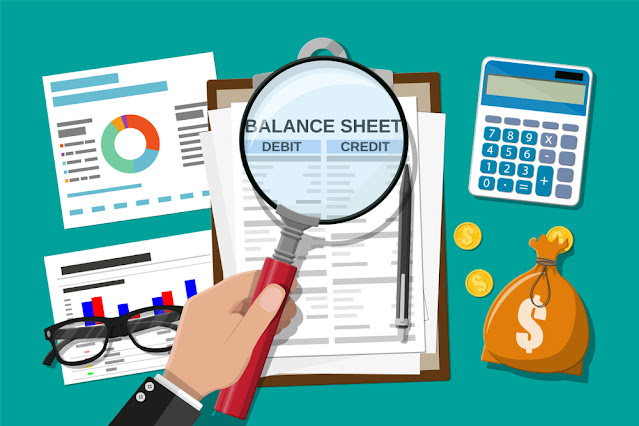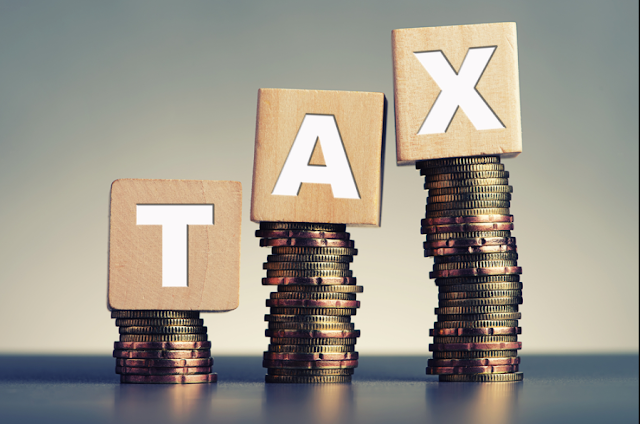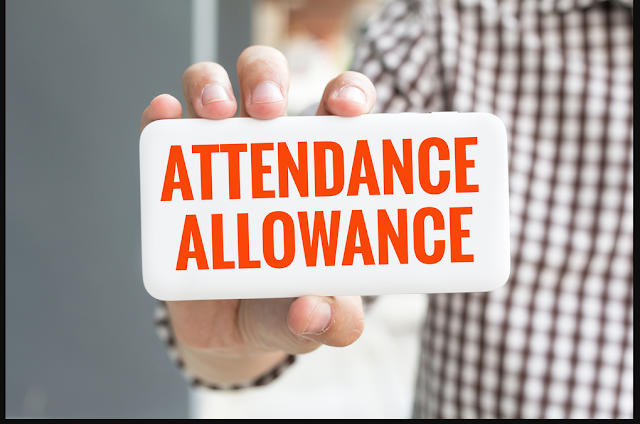The signs that an organization is worth investing in include: What is the best way to decipher a balance sheet?
A balance sheet is a snapshot of what affordable accounting firms own and how it has paid for it, normally taken on the last day of the financial year.
These must always be equivalent, as the name implies. The reserves of a firm are always the amount of what its owners own (their equity interest in the company) plus some capital lent from the company (its liabilities).
As a result, a balance sheet may be interpreted as follows:
Liabilities + shareholder funds equal assets.
Cash, inventories (also known as stocks), and property make up the investments side of the balance sheet.
That also covers items you can't touch, such as the disparity between the worth of assets bought and the price paid for them, which is referred to as "goodwill."
Bank guarantees, funds owing to the company's creditors - mostly other businesses that have provided goods and services but have not yet been compensated - and other assets put up to pay for expenses in the future like insurance or tax payments - are all listed as liabilities on the balance sheet.
Anything left behind after the liabilities are subtracted from the assets belongs to the company's creditors. Many lenders don't know how to read a balance sheet, so they seek the help of cheap small business accountants in London.
These shareholders' funds may also be described as the original investment made by shareholders plus any gains remaining at the end of each trading year.
What exactly are assets?
Short-term assets, normally less than a year old and referred to as 'present' by accountants, are distinguished from longer-term assets, referred to as 'non-current.
Cash and items that can be conveniently and efficiently turned into cash are examples of current assets. These are mostly materials stored for sale in the company's yards (inventory) and the valuation of products that have already left the property yet have not yet been accounted for in the case of a company (trade and other receivables).
What are the different types of liabilities?
Short-term or existing commitments are separated from longer-term obligations on the balance sheet.
Trade and other payables were the most significant thing on Travis Perkins' balance sheet under current liabilities. In the asset hand of the ledger, they are equivalent to trade and other receivables.
Longer-term commitments include payments that are not due to be settled over the next 12 months, as well as the present value of funds that the corporation plans to shell out of pensions and tax bills that are expected to be collected more than a year from now.
What are the funds of the shareholders?
Travis Perkins' owners own everything left over after all expenses have been deducted from the properties. Most of this is due to the accumulation of earnings over time.
The funds poured into the business by shareholders - provided capital and the share premium account - is another important contribution to shareholders' equity. A variety of reserves have accumulated over the years as a result of share problems for sales and property revaluation.
For more information, please get in touch with cheap accountants in London




Comments
Post a Comment